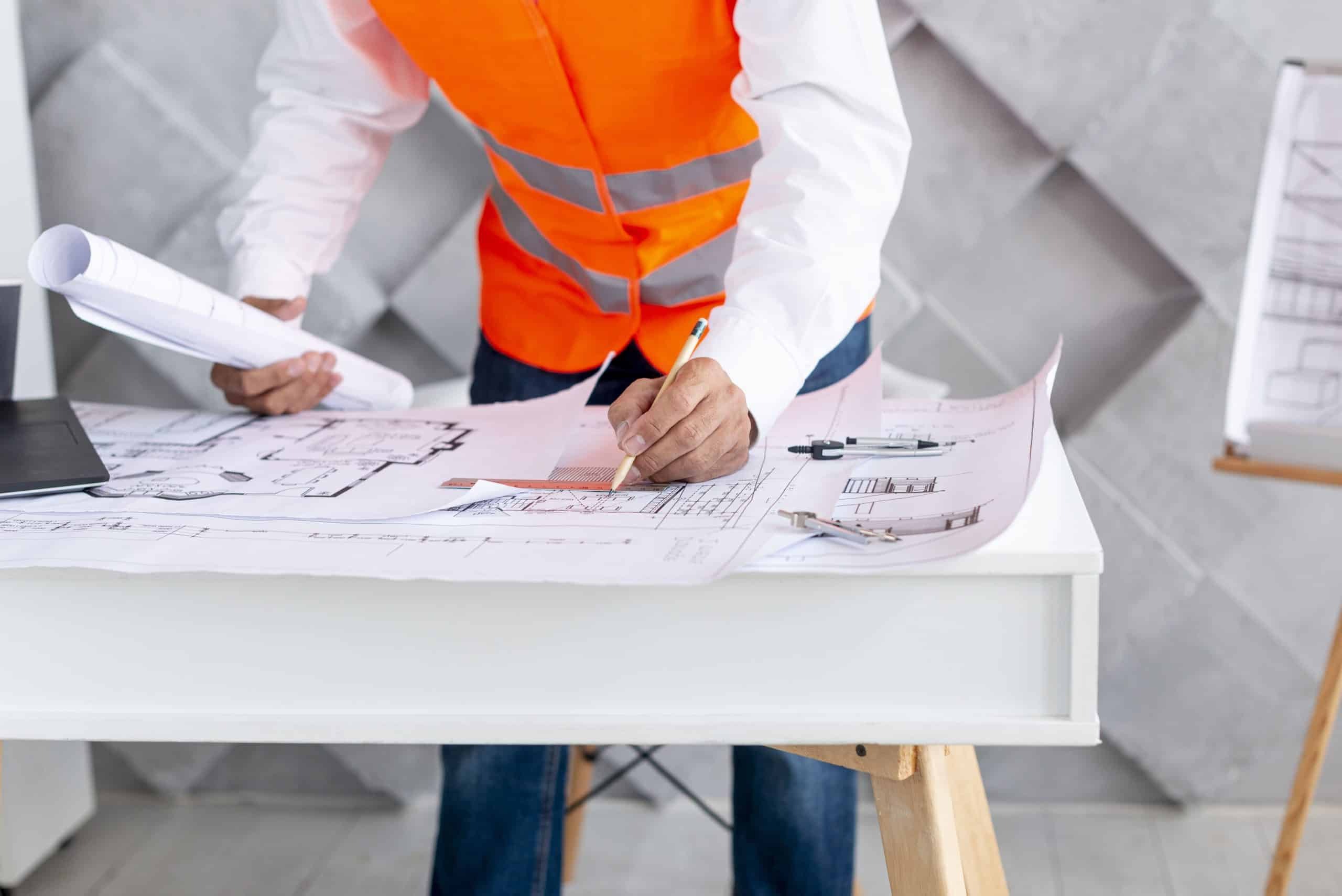
Drafting is the backbone of creating detailed technical drawings used in engineering, architecture, and manufacturing. But what makes drafting so special? Drafting combines precision, creativity, and technical skill to transform ideas into visual plans. Whether you're sketching a new building or designing a complex machine, drafting ensures every detail is accurate. Did you know that drafting has been around since ancient Egypt? It's true! From hand-drawn blueprints to modern CAD software, the tools have evolved, but the core principles remain the same. Ready to learn more? Here are 27 fascinating facts about drafting that will give you a new appreciation for this essential skill.
Drafting: The Basics
Drafting is the process of creating detailed technical drawings that represent objects, structures, or systems. These drawings are essential in engineering, architecture, and manufacturing. Here are some fascinating facts about drafting.
-
Drafting dates back to ancient Egypt, where architects used papyrus to sketch plans for pyramids and temples.
-
The term "blueprint" comes from a 19th-century process that produced white lines on blue paper, making it easier to reproduce technical drawings.
-
Leonardo da Vinci was not only a famous artist but also a skilled draftsman. His detailed sketches of inventions and anatomical studies are legendary.
-
Modern drafting often uses Computer-Aided Design (CAD) software, which allows for precise and easily modifiable drawings.
-
Before CAD, draftsmen used tools like T-squares, compasses, and protractors to create accurate drawings by hand.
Tools of the Trade
Drafting requires a variety of tools, both traditional and modern. These tools help drafters create precise and detailed drawings.
-
A T-square is a straightedge used to draw horizontal lines on a drafting table. It ensures that lines are perfectly straight and parallel.
-
Compasses are used to draw circles and arcs. They consist of two legs, one with a point and the other with a pencil or pen.
-
Protractors measure angles. They are usually semi-circular and marked with degrees from 0 to 180.
-
CAD software has revolutionized drafting by allowing drafters to create, modify, and share drawings digitally.
-
Plotters and large-format printers are used to produce physical copies of CAD drawings, often on large sheets of paper.
Types of Drafting
Different fields require different types of drafting. Each type has its own set of standards and conventions.
-
Architectural drafting involves creating plans and elevations for buildings. These drawings show the layout, dimensions, and materials of a structure.
-
Mechanical drafting focuses on machinery and mechanical systems. It includes detailed drawings of parts, assemblies, and systems.
-
Electrical drafting involves creating diagrams of electrical systems, including wiring, circuits, and components.
-
Civil drafting is used for infrastructure projects like roads, bridges, and water systems. It includes topographical maps and site plans.
-
Structural drafting focuses on the framework of buildings and other structures. It includes detailed drawings of beams, columns, and foundations.
The Importance of Standards
Standards ensure that drafting is consistent and understandable across different projects and industries.
-
The American National Standards Institute (ANSI) sets standards for drafting in the United States. These standards cover everything from line types to dimensioning.
-
The International Organization for Standardization (ISO) sets global standards for drafting. ISO standards ensure that drawings are consistent and understandable worldwide.
-
Different industries have their own specific standards. For example, the American Institute of Architects (AIA) sets standards for architectural drafting.
-
Standards help ensure that drawings are accurate and can be easily interpreted by anyone who needs to use them.
-
Following standards can prevent costly mistakes and misunderstandings in construction and manufacturing.
Careers in Drafting
Drafting offers a variety of career opportunities in different fields. Drafters play a crucial role in turning ideas into reality.
-
Architectural drafters work with architects to create detailed drawings of buildings and structures.
-
Mechanical drafters create detailed drawings of machinery and mechanical systems. They often work with engineers to design new products.
-
Electrical drafters create diagrams of electrical systems, including wiring and circuits. They often work with electricians and engineers.
-
Civil drafters create drawings for infrastructure projects like roads, bridges, and water systems. They often work with civil engineers and surveyors.
-
Structural drafters create detailed drawings of the framework of buildings and other structures. They often work with structural engineers.
Fun Facts About Drafting
Drafting isn't just about technical drawings. There are some fun and surprising aspects to this field.
-
Some drafters create drawings for video games and movies. These drawings help bring fictional worlds to life.
-
Drafting can be a form of art. Some artists use drafting techniques to create intricate and detailed works of art.
The Final Word on Drafting
Drafting is more than just putting words on paper. It’s a process that involves creativity, precision, and a keen eye for detail. Whether you’re drafting a novel, a legal document, or a simple email, understanding the nuances can make a huge difference. From the importance of a strong opening to the necessity of multiple revisions, each step plays a crucial role in crafting a compelling piece.
Remember, even the best writers start with a rough draft. Don’t be afraid to make mistakes. Use them as stepping stones to improve your work. Keep practicing, stay patient, and always be open to feedback. With time and effort, your drafting skills will undoubtedly improve, leading to clearer, more effective communication. Happy drafting!
Was this page helpful?
Our commitment to delivering trustworthy and engaging content is at the heart of what we do. Each fact on our site is contributed by real users like you, bringing a wealth of diverse insights and information. To ensure the highest standards of accuracy and reliability, our dedicated editors meticulously review each submission. This process guarantees that the facts we share are not only fascinating but also credible. Trust in our commitment to quality and authenticity as you explore and learn with us.
